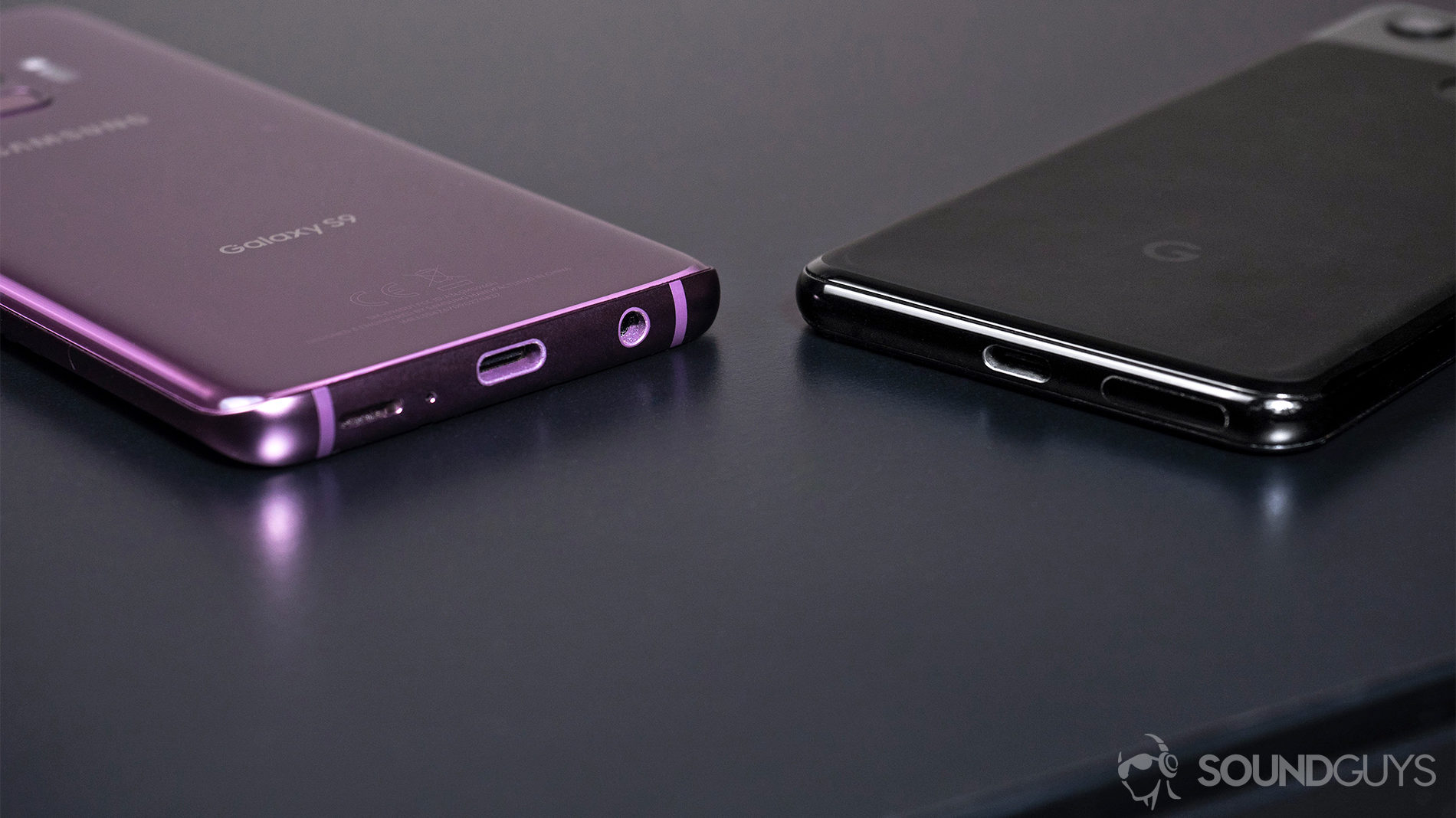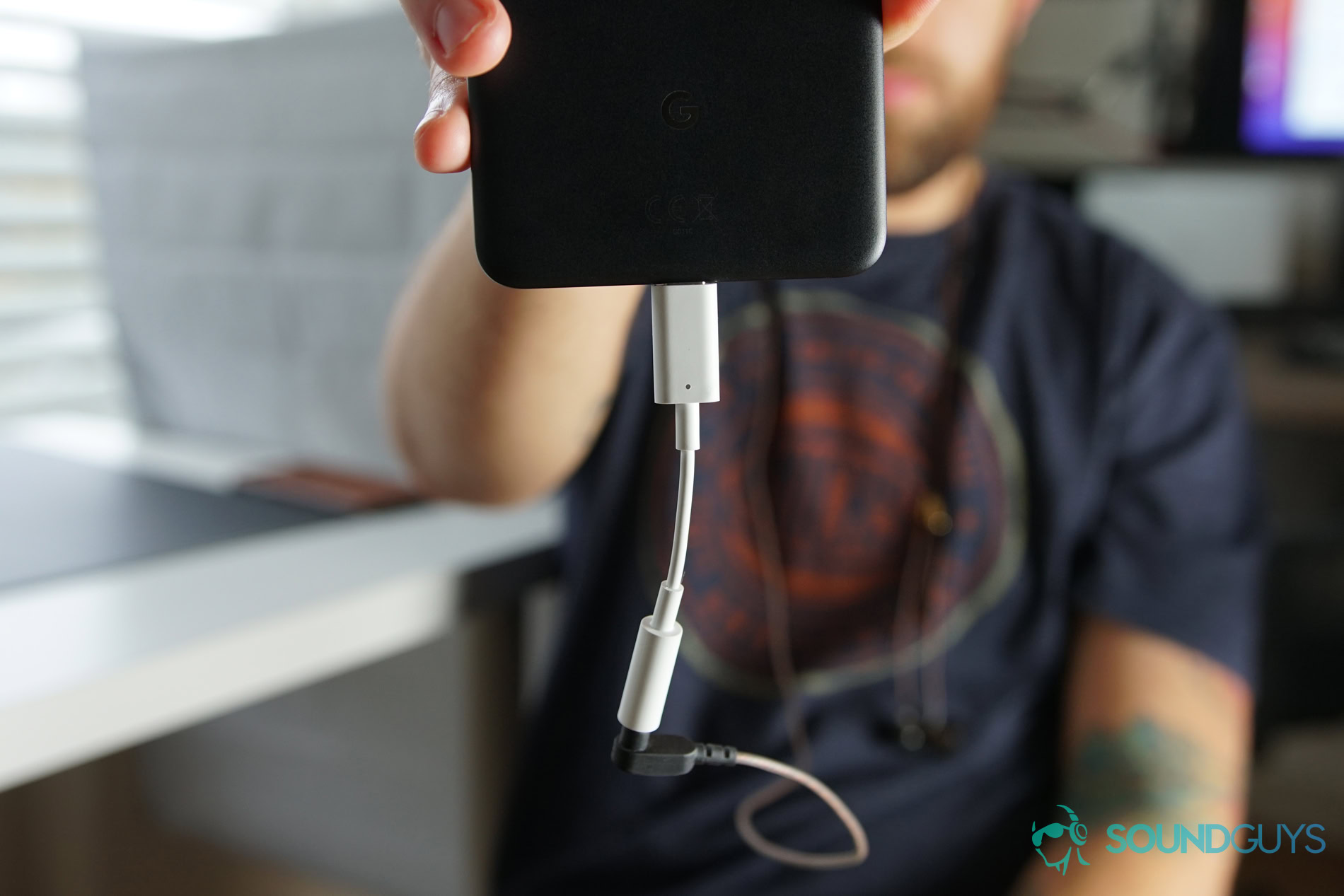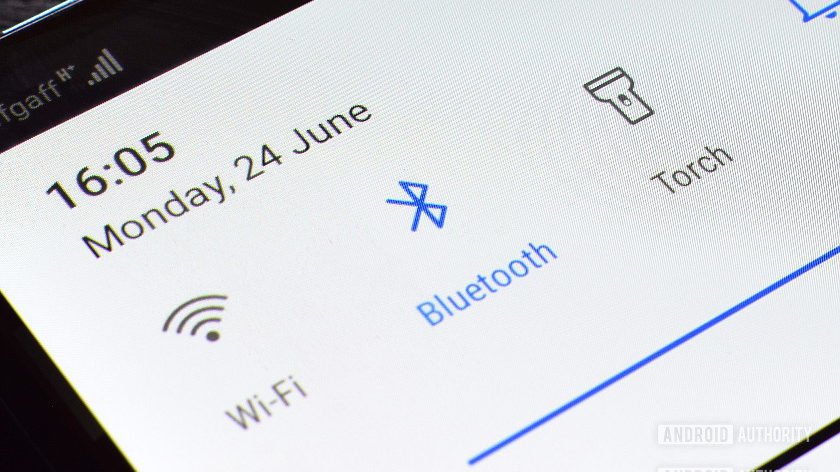Affiliate links on Android Authority may earn us a commission. Learn more.
Dongle me this: Why I'm not mad that headphone jacks are going away
Published onAugust 1, 2019

Another day, another leak, and we’re now relatively certain that the forthcoming Samsung Galaxy Note 10 will not have a headphone jack. Images of a dongle materialized online today and they have been tied to the Note 10. Since phones with headphone jacks don’t ship with dongles, the appearance of the dongle pretty much says it all.
I say, “So what?”
Every time a new flagship appears without a headphone jack, the industry loses its collective mind for a news cycle or two, hemming and hawing over the phone maker’s decision to axe the jack. It’s all wasted breath. Technology moves forward, and (gasp!) it’s quite possible that the jack, a 20th century invention, doesn’t have a firm place here in the 21st century.
It’s just an interface

What do people connect their phones to for listening to music, podcasts, or whatever? Portable speakers, perhaps a car, home theater or entertainment system, and, yes, headphones.
There are two main reasons people kvetch about the headphone jack: quality and convenience.
I’m not here to argue about quality. Wired connections deliver higher quality sound without question. If sound quality is what you want, then buy a phone with a headphone jack. There are plenty of good ones still in the market (consider the Samsung Galaxy S10 Plus or the LG V50 ThinQ). But don’t let me catch you using cheap, no-brand earbuds, bud, because then your quality argument falls apart really quickly. The endpoint (speaker, car, headphones) plays a huge role in perceived quality.
Audiophiles and gear nerds will tell you the 3.5mm headphone jack is a more convenient way to connect two components. This is (mostly) true. It might take one second to connect each end. Simple. But not always.
Once hooked up, though, the devices are literally tethered, physically connected, which all but negates mobility. Is it convenient to have to get off the couch or climb out of the pool to walk over to your phone to switch playlists? Some might say that it isn’t.

The dongle, an inelegant go-between, allows people to attach 3.5mm wired headphones to devices with USB-C ports (but not 3.5mm jacks). USB-C audio is its own ball of earwax and is in no way a perfect solution. It’s little more than a bridge to convenience. It does work. Sometimes. And it provides the desired physical connection between two components. My kids have taped the dongle to the end of their wired headphones.
I just wanna be free

I hate wires. Hate ’em. I spent the early aughts commuting via train from New Jersey to New York City. Every day I carried a Sony Discman, into which I plugged some earbuds so I could numb the agony of commuting by spinning my favorite CDs. At least once per week, the wire between me and the CD player snagged on something (railings, other commuters, shoulder bags), jerking the buds violently, painfully out of my ears. This got old in a New York minute.
The same goes for using wired headphones on buses and planes. Nowhere else are wired headphones more of a pain in the ear canal than the aisle seat of an airplane. Do you know how many times I’ve had wired headphones ripped from my skull when I had to stand up to let the window-seat-sitter use the restroom? Don’t even get me started on using wired headphones in the gym.
This is why I am 100% on board with Bluetooth. Is Bluetooth perfect? Nope. Do issues with the wireless tech remain? Yep. It is good enough to deal with the hassle of charging truly wireless ‘buds or over-the-ear cans? I believe so.
I am 100% on board with Bluetooth.
I adopted the truly wireless headphone form factor as soon as the hardware was available. Those early buds were awful. We’re talking constantly dropped connections, disappointingly short battery life, and imperfectly reproduced sound. The second and third generations of fully wireless headphones improved by leaps and bounds, and the latest from the likes of Jabra, Jaybird, Samsung, and others are perfectly good for everyday listening. Moreover, the connections are solid and battery life is now in the 15-hour range (when you include the charging case). Most of the pain points have been smoothed over, if not entirely eliminated.
To me, the freedom granted by wireless solutions easily surpasses the trade-off in quality and perceived convenience.
See also: Best Bluetooth headphones of 2019
Thank goodness for choice
And therein lies the rub. Every person needs to find their own balance. For some, the ease of jamming a tiny metal plug into a 3.5mm opening on the side of a metal-and-glass slab can’t be beaten. For others, the life-affirming joy of open movement with no snags is the way to go.
Technology is always moving forward. Bluetooth itself and Bluetooth hardware will continue to improve, and so will (hopefully) USB-C-based audio performance. As the market slowly transitions away from legacy connectors, there are bound to be bumps in the road. Losing the headphone jack on $1,000 devices that offer so much more isn’t the biggest bump to surmount.